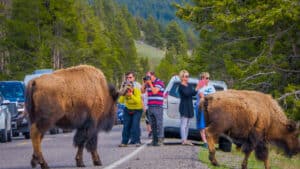10 Hidden ‘Dark Sides’ of Popular Tourist Attractions
From historic landmarks to natural wonders, these destinations showcase the beauty and uniqueness of our world. However, behind the glossy postcard images and captivating narratives lie hidden stories that reveal the complex and often unsettling realities of these attractions. Delving beyond the surface, we are taking a look at the shadows cast by some of the most celebrated tourist sites and attractions.
1. Bodies Frozen in the Alps

In Europe, the Alps are the highest and most extensive mountain range. The range stretches across several countries including France, Italy, Switzerland, Austria, Germany, Slovenia, and Liechtenstein.
Throughout history, there have been many cases of mountaineers and travelers who unfortunately lost their lives in the Alps due to accidents, avalanches, and extreme weather conditions. The Alps were also a significant theater of war, particularly along the border between Italy and Austria-Hungary.
Now, that glaciers are thawing in the Swiss Alps, dead bodies are being uncovered. Some from several decades ago.
2. Washington Square in Philadelphia Used to be a Graveyard
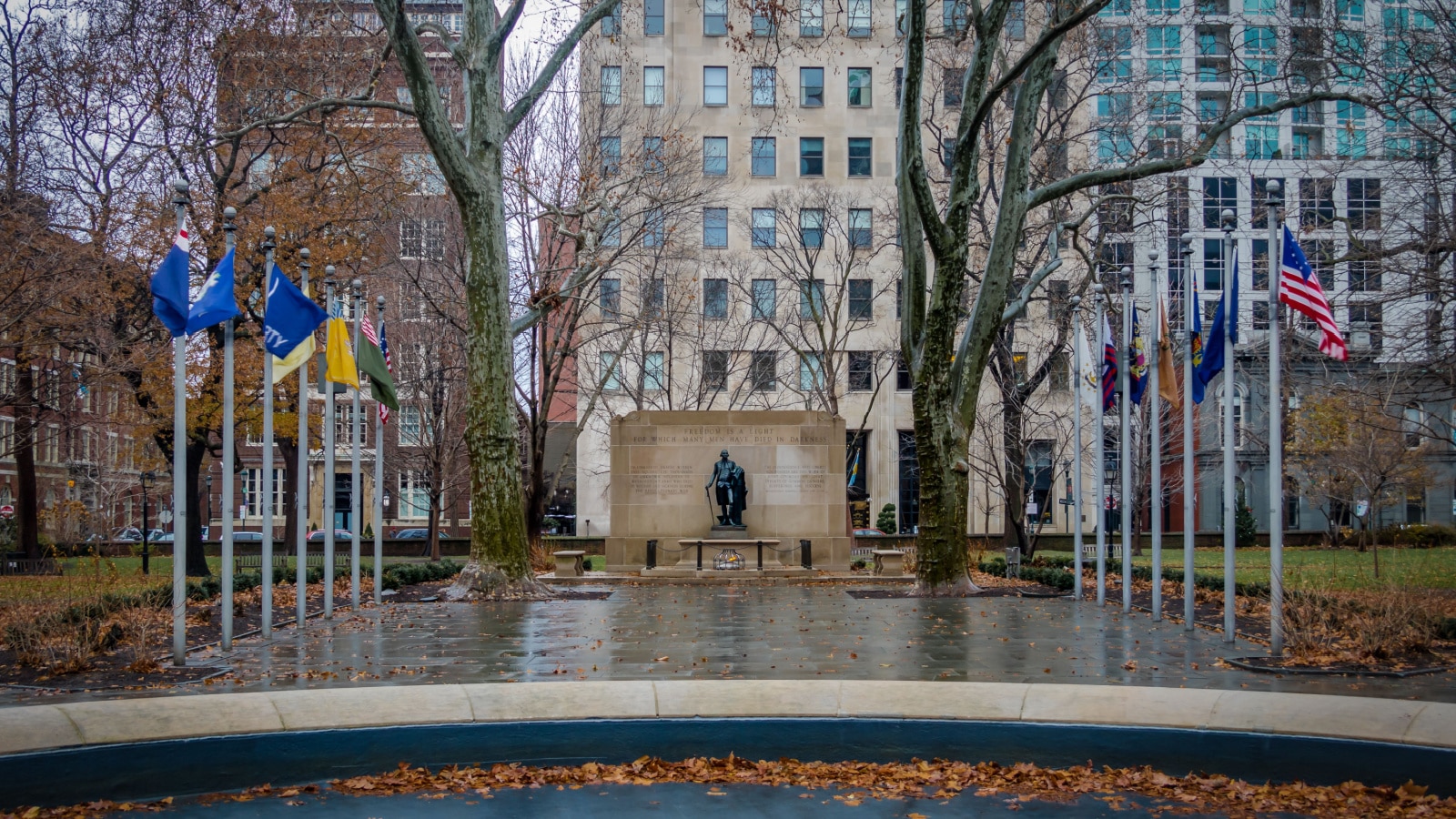
Washington Square in Philadelphia, Pennsylvania, was originally used as a burial ground. It is one of the five original public squares designed by William Penn, the founder of Pennsylvania, in his 1682 plan for the city. The square was established as a cemetery and was used as a burial ground for the city’s residents, including notable figures, from its establishment until the early 19th century.
Over time, as the city grew, the cemetery became crowded, and concerns about public health and the spread of disease led to the decision to close the burial ground in 1810. The square was later transformed into a park and renamed Washington Square in honor of George Washington. Today, Washington Square serves as a public park and historical site.
3. Disneyland: Real Bones Used for Pirates of the Caribbean Ride

There used to be real human bones on display as part of the Pirates of the Caribbean ride at Disneyland. When the ride was first constructed in the 1960s, the Imagineers (Disney’s creative team) wanted to create a realistic and eerie atmosphere. To achieve this, they incorporated various props, including real human skeletons.
The original ride contained several skeletal remains, some of which were acquired from medical schools and universities. These remains were cleaned and placed within the attraction’s scenes, such as in the pirate treasure scenes and in the dungeon area. However, as concerns grew about the ethical implications of using real human remains and the ride’s expansion into other Disney parks around the world, Disney eventually removed the real skeletons from the attractions.
By the early 2000s, all real human bones were replaced with artificial replicas or props. The scenes were redesigned to maintain the macabre atmosphere without using actual human remains. Disney made this change to be more respectful of the cultural and ethical considerations surrounding the use of real human remains in entertainment settings.
4. Bathing in the Ganges River in India
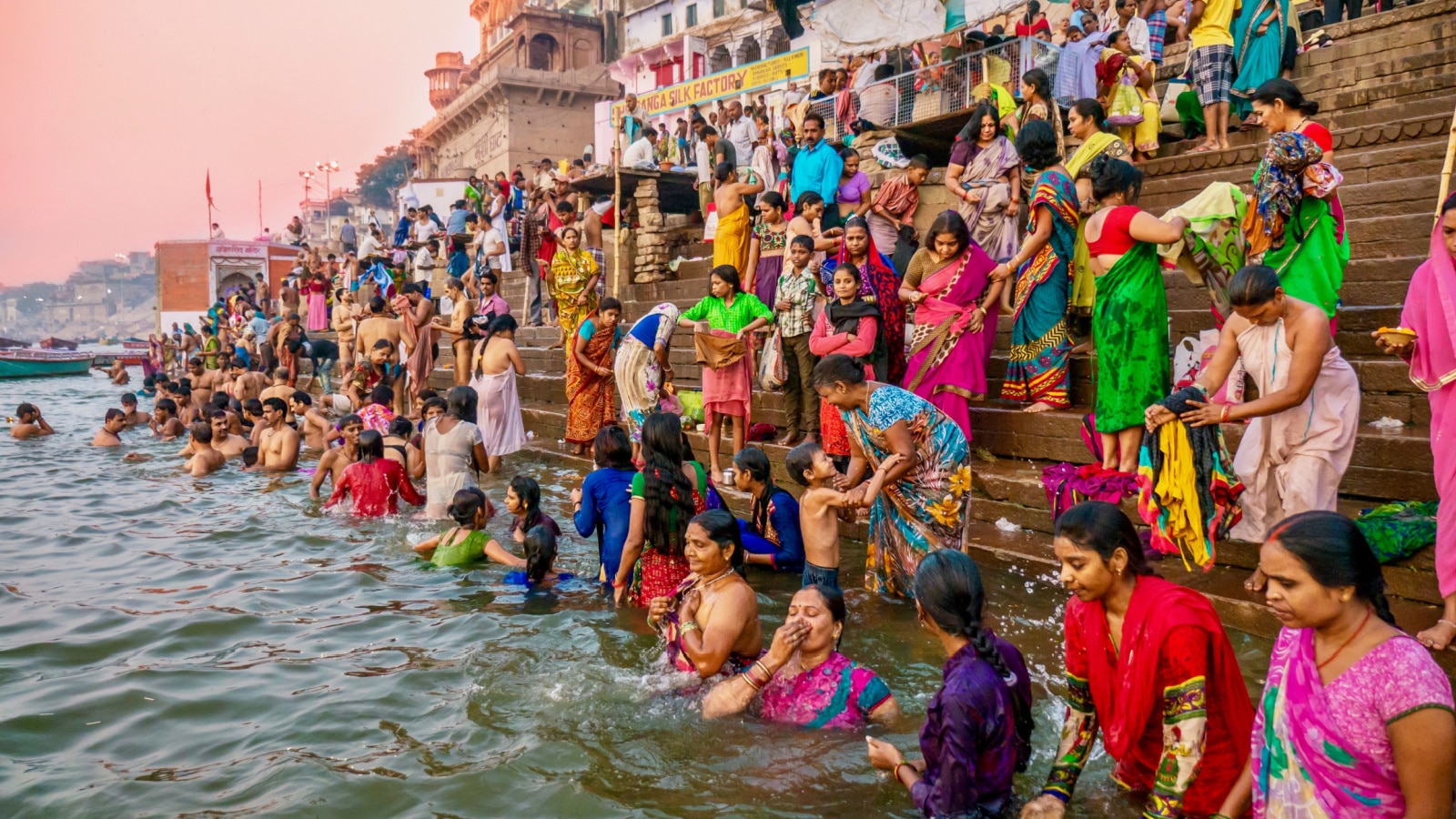
The Ganges is considered the holiest river in Hinduism and is often referred to as “Maa Ganga” (Mother Ganga). It’s believed that bathing in the river can cleanse one’s sins and lead to spiritual purification. However, bathing in the Ganges River, despite its religious significance and the belief in its purifying properties, can carry serious health risks due to pollution. The Ganges is often contaminated with sewage, industrial waste, and other pollutants. This contamination can lead to the spread of waterborne diseases such as cholera, typhoid, dysentery, and gastroenteritis. In some areas, open defecation is practiced along the riverbanks, which further contributes to water pollution. Poor hygiene and sanitation practices can increase the risk of disease transmission.
5. Petting Tigers & Other Big Cats in Thailand

Petting or interacting with tigers and other big cats, especially in captive settings, might seem like an exciting experience while on vacation, but there are significant ethical, conservation, and safety concerns associated with this practice. Many facilities that offer petting or photo opportunities with tigers often keep these animals in captivity under substandard conditions. Tigers in such settings may be subjected to small enclosures, inadequate care, and limited access to proper veterinary attention.
In some cases, tigers and other big cats used for petting or photo opportunities in captive settings have been reported to be drugged. This unethical practice is primarily done to make the animals appear more docile and manageable, especially when tourists or visitors are allowed to get close to them. The Tiger Temple (Wat Pha Luang Ta Bua) in Thailand was one of the most well-known tourist attractions that offered this.
6. Larger Airports Have Morgues
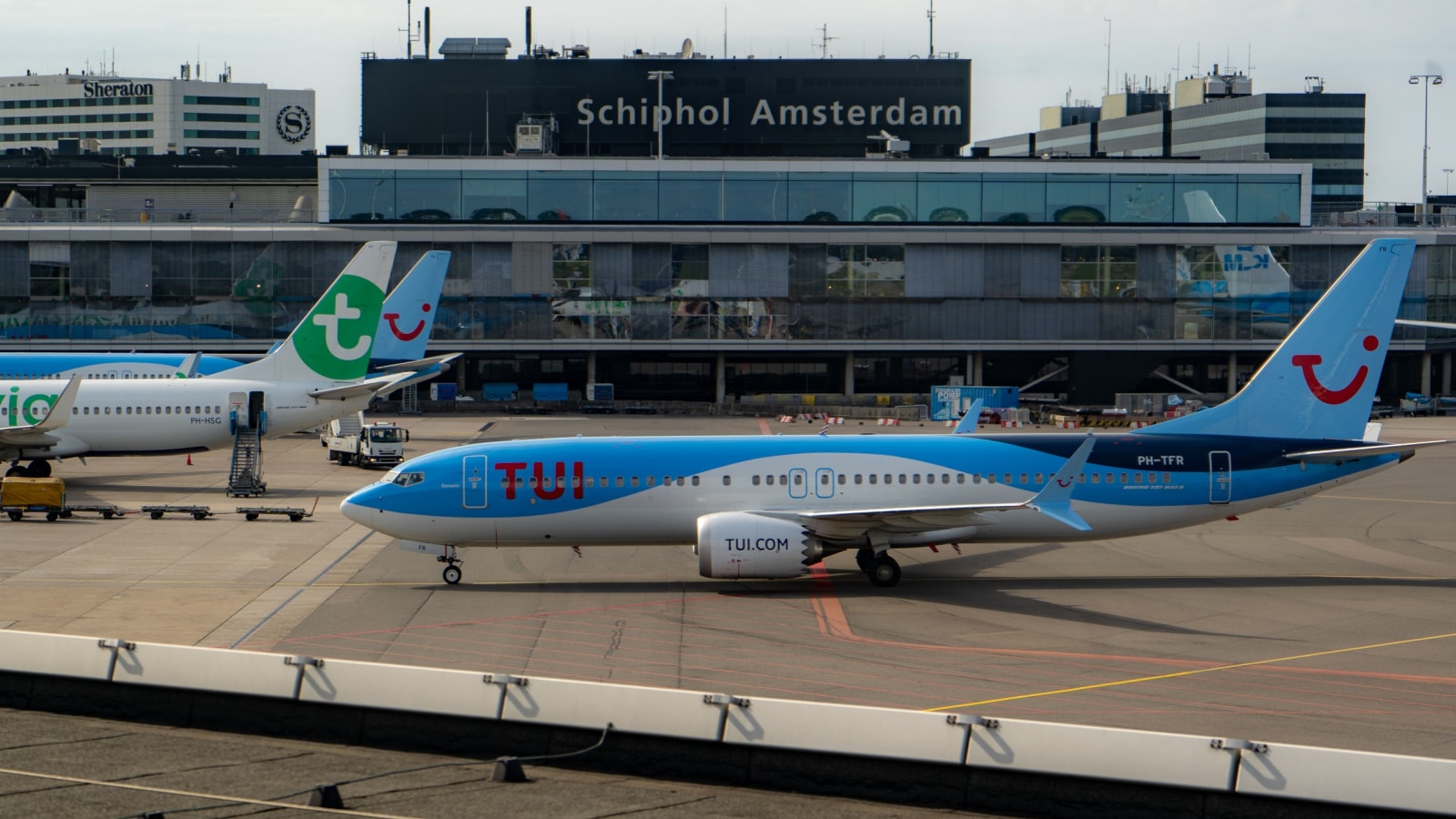
Many larger airports around the world have morgues or designated areas for handling deceased individuals. These facilities are primarily used for situations where a person passes away while at the airport, whether it’s a passenger, airport employee, or other individuals. Many modern cruise ships are also equipped with morgues or designated areas for handling deceased individuals
7. Dubai’s Skyline Has a Dark Side
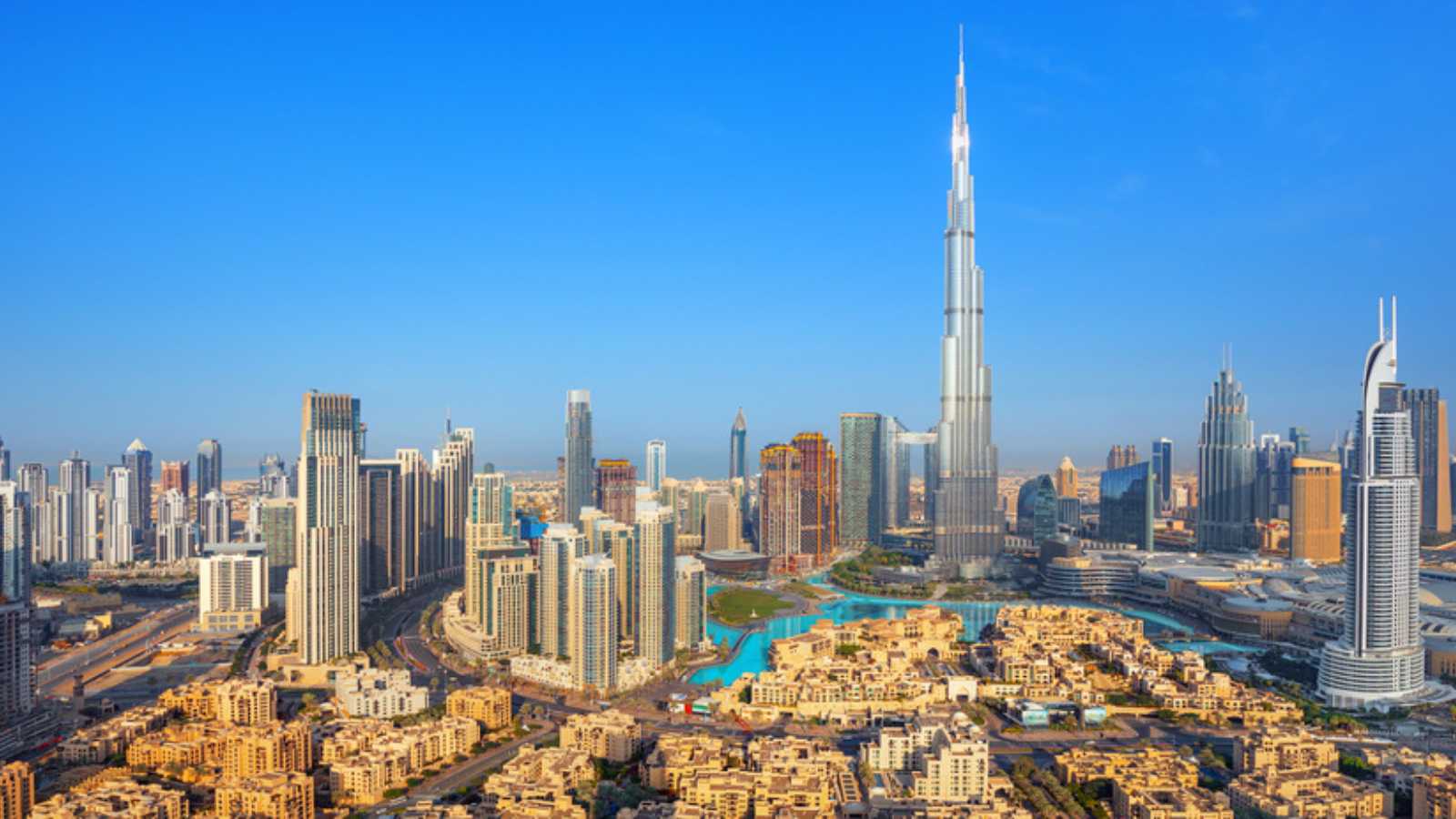
Dubai’s impressive skyline and iconic skyscrapers are often associated with economic growth and modernity. However, there have been concerns raised about the treatment of workers and potential human rights issues in the construction of these structures. Migrant workers, who make up a significant portion of the workforce in the construction industry, have reported long working hours, low wages, and inadequate living conditions.
Some workers are subjected to exploitative practices such as passport confiscation and limited mobility. In the rush to complete projects quickly, concerns have been raised about safety standards on construction sites. Accidents have occurred due to inadequate safety measures, posing risks to workers’ lives and well-being.
8. Yellowstone Hydrothermal Areas
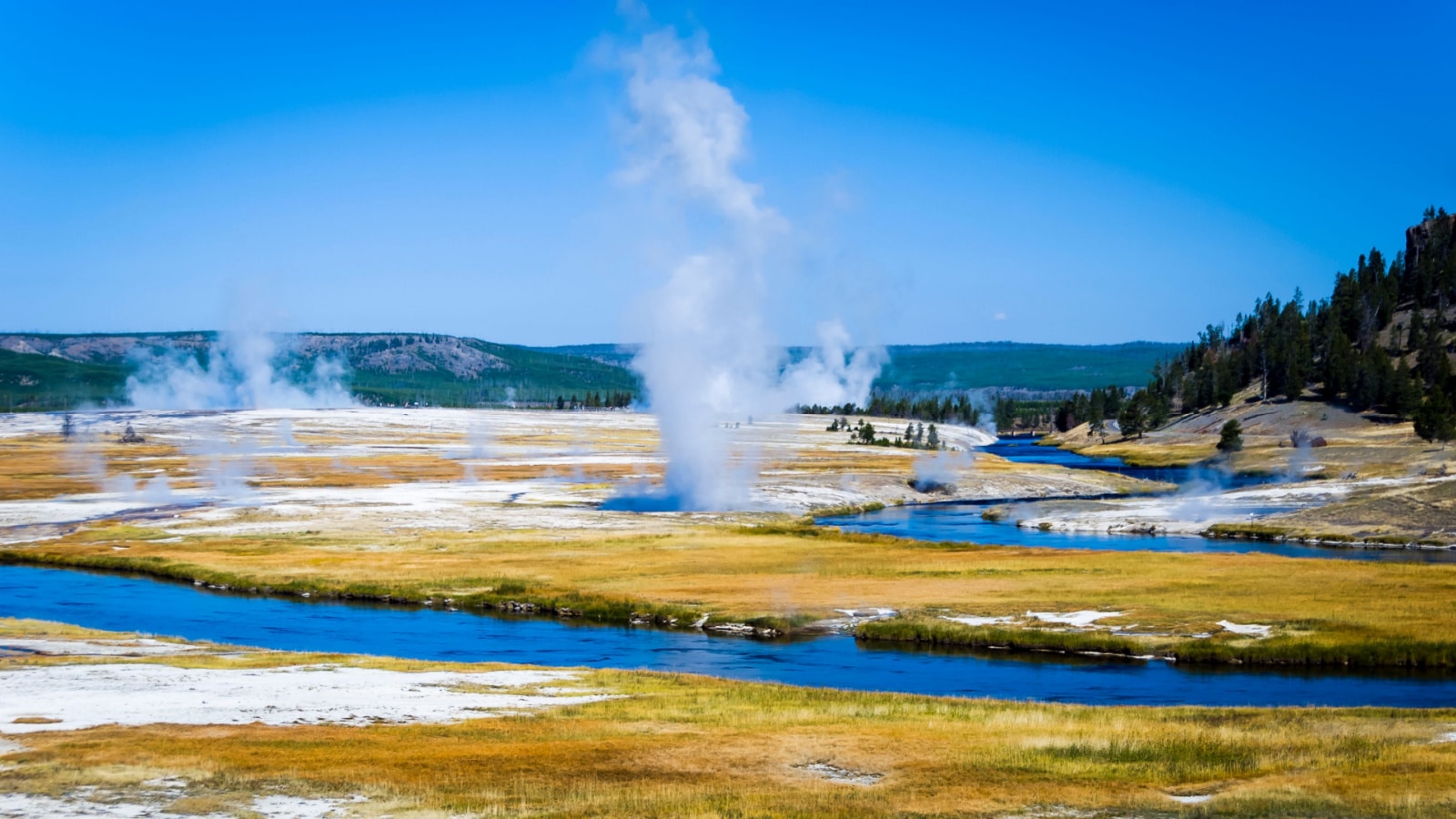
The hydrothermal features in Yellowstone, which include geysers, hot springs, and boiling mud pots, are beautiful and unique but also extremely dangerous. The high temperatures, unpredictable nature of the thermal features, and the acidic or toxic nature of some of the water can pose serious risks to visitors.
Over the years, there have been incidents where individuals have fallen into boiling hot springs or other thermal features, resulting in severe burns or fatalities. The high temperatures of these geothermal features can cause rapid and fatal injuries, making them extremely hazardous to anyone who ventures off designated paths or ignores safety regulations. Yellowstone National Park places a strong emphasis on safety and has warning signs, barriers, and guidelines in place to keep visitors safe around the hydrothermal areas.
9. Dark Side of Elephant Rides
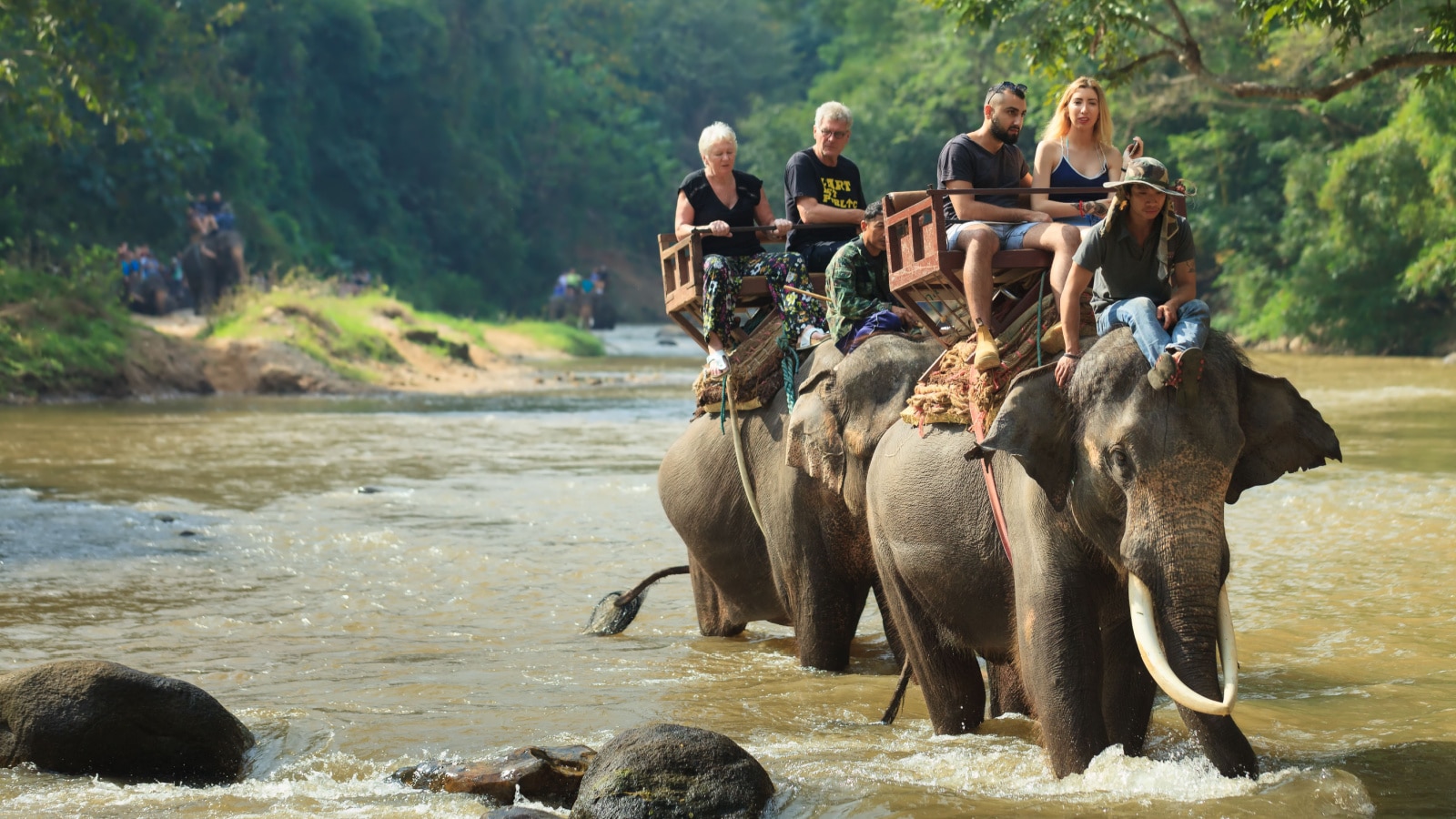
Elephant ride tourist attractions have come under scrutiny due to the significant ethical and welfare concerns associated with these activities. While riding an elephant might seem like a unique and exciting experience, there are several dark sides to such attractions, as many elephants used for rides are subjected to cruel training methods to make them submissive and manageable.
Techniques such as “phajaan” or “crush,” involve physical and psychological abuse that can cause long-lasting trauma to the animals. Elephants in tourist ride attractions are often kept in confined and inadequate conditions. They may be chained for long hours, preventing them from engaging in natural behaviors and social interactions. Elephants are highly intelligent and social animals. The stress of captivity, lack of mental stimulation, and isolation from their social groups can lead to mental distress and behavioral problems. This is just to name a few concerns.
10. The Mausoleum of the First Qin Emperor in Xi’an, China
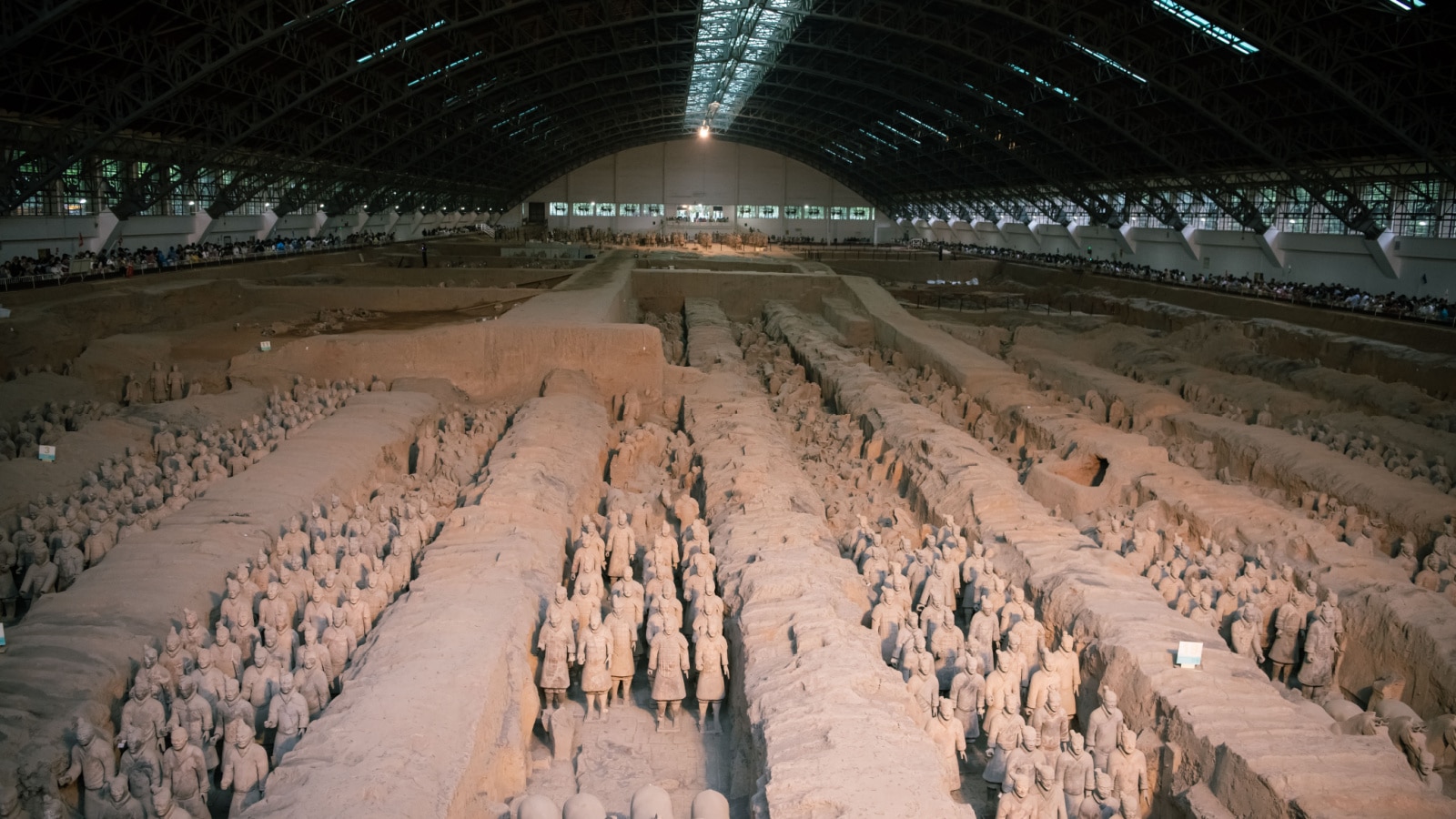
The Mausoleum of the First Qin Emperor in Xi’an, China, is commonly known for housing the famous Terracotta Army. While the Terracotta Army is a remarkable archaeological discovery, there are ethical and conservation concerns associated with the site. The construction of the Terracotta Army involved a massive labor force, reportedly consisting of forced laborers, prisoners, and slaves. The conditions under which these workers labored were likely harsh and exploitative.
The excavation and ongoing preservation efforts at the site have raised concerns about the environmental impact. The chemicals used for preservation and the increased tourism have the potential to harm the surrounding ecosystem. Despite being a major tourist attraction, it’s been noted that the local communities around the Mausoleum have not necessarily benefited significantly from the tourism revenue. There are concerns about how the economic gains from the site are distributed.
Source: Reddit
12 of the Strangest Things Tourists Have Done in The U.S.
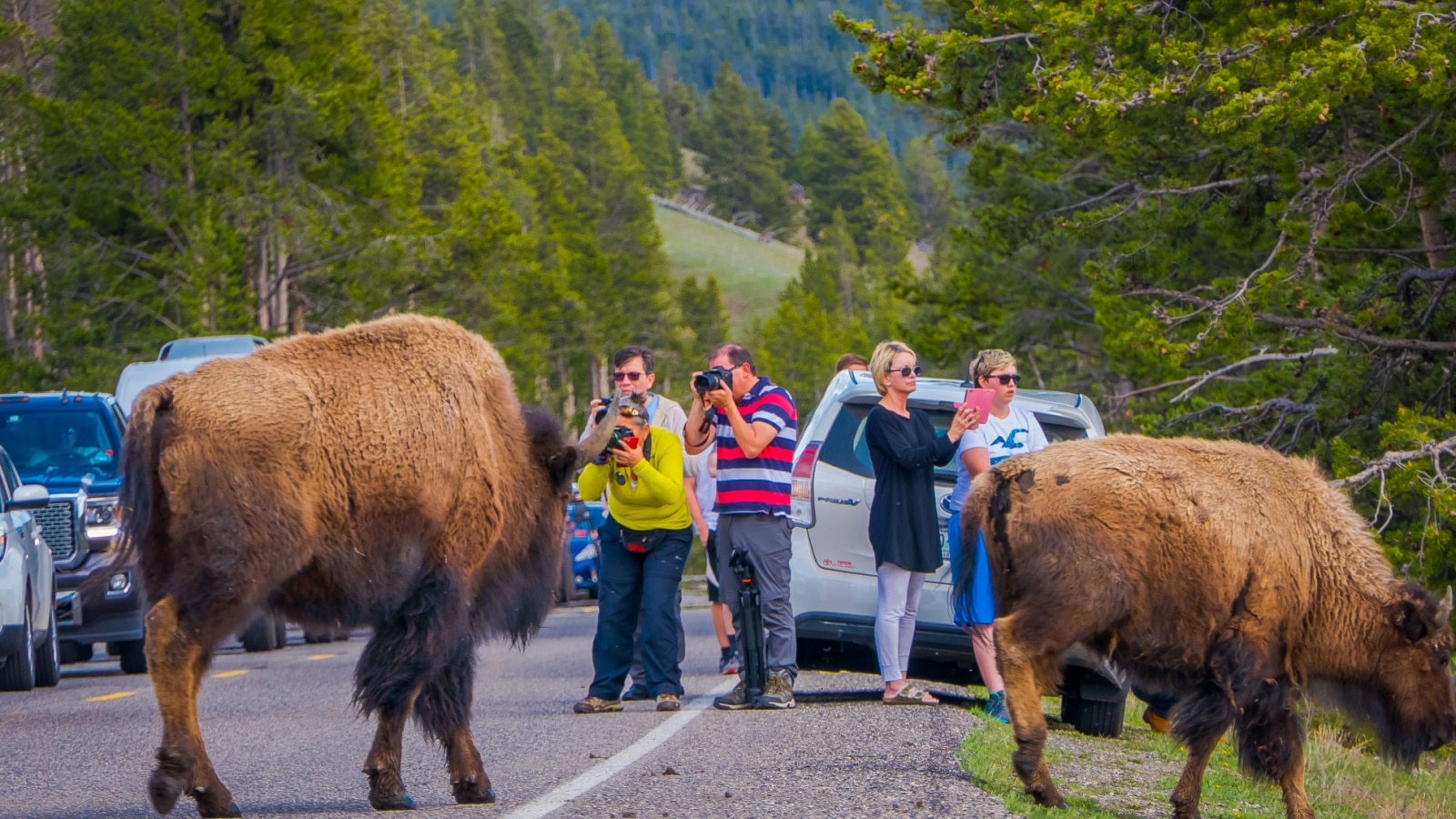
From bewildering encounters with wildlife to eccentric hobbies pursued in famous cities, this article delves into 12 of the strangest things tourists have done while exploring the vast and captivating landscape of the U.S. Get ready to embark on an extraordinary journey as we unravel the bizarre and unforgettable experiences that have left both locals and fellow tourists scratching their heads in disbelief.
Read more: 12 of the Strangest Things Tourists Have Done in The U.S.
The Weirdest Tourist Attractions in Each of the 50 U.S. States, According to Travelers
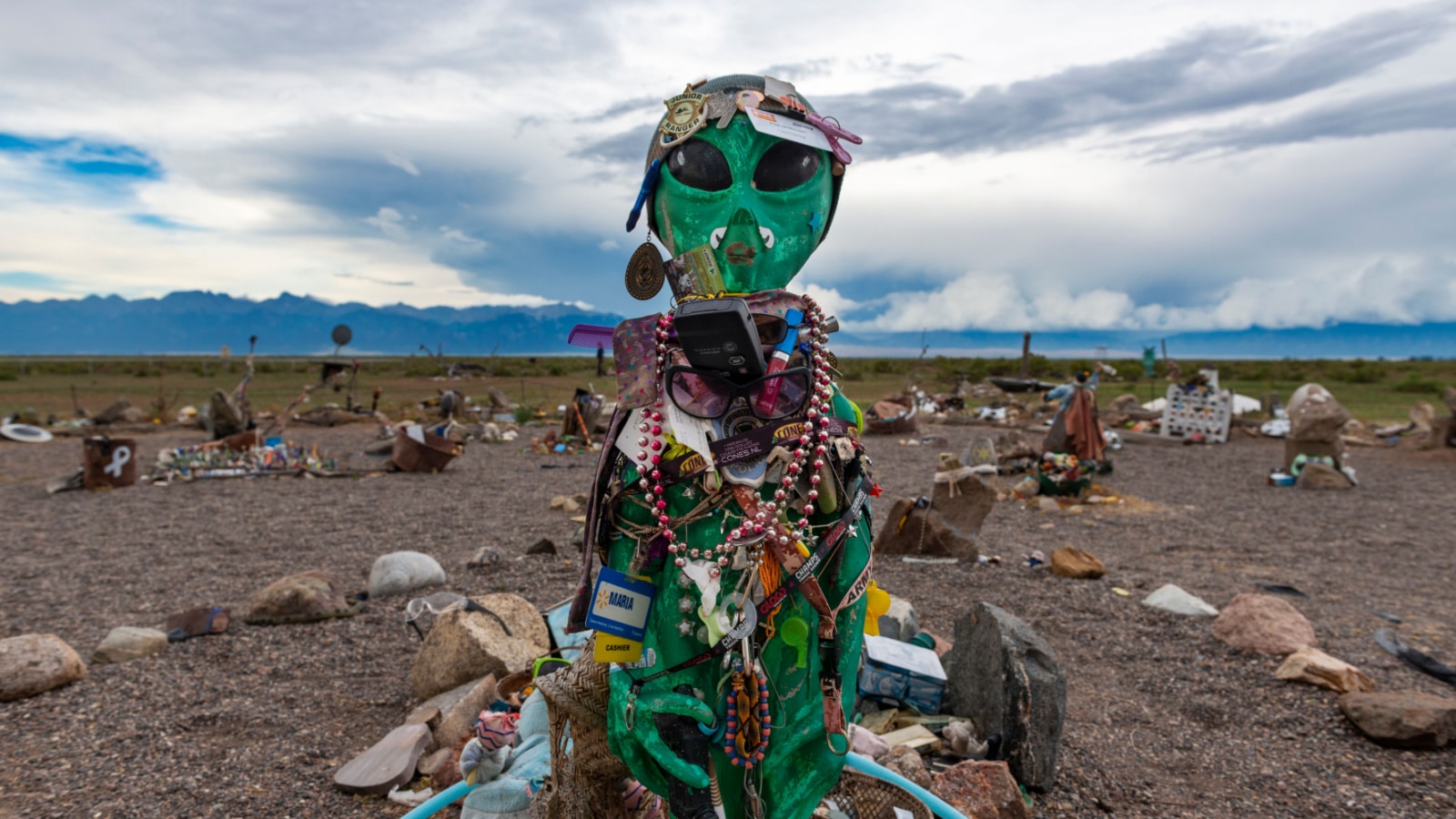
Embarking on a cross-country adventure? Looking to explore the lesser-known and unconventional side of the United States? From colossal balls of twine to peculiar museums, the 50 states that make up this diverse nation are home to an array of strange and offbeat tourist attractions.
Read more: The Weirdest Tourist Attractions in Each of the 50 U.S. States, According to Travelers
12 of the Worst Tourist Destinations in the United States According to Americans
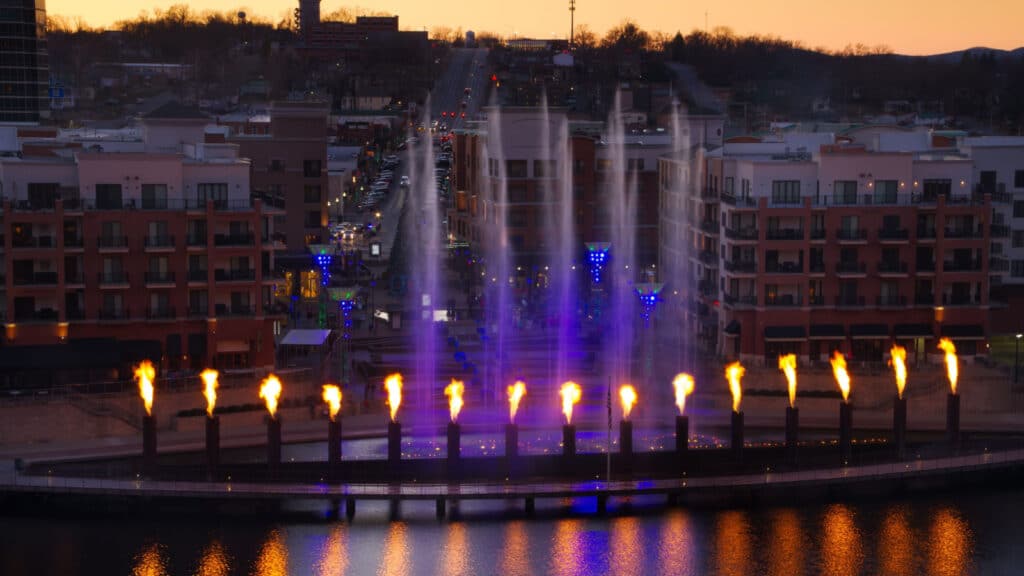
Recently on an online platform, Americans have shared their thoughts on the worst tourist destinations in the U.S.
Read more: 12 of the Worst Tourist Destinations in the United States According to Americans
12 of the Ugliest Cities in the World as Voted by Travelers
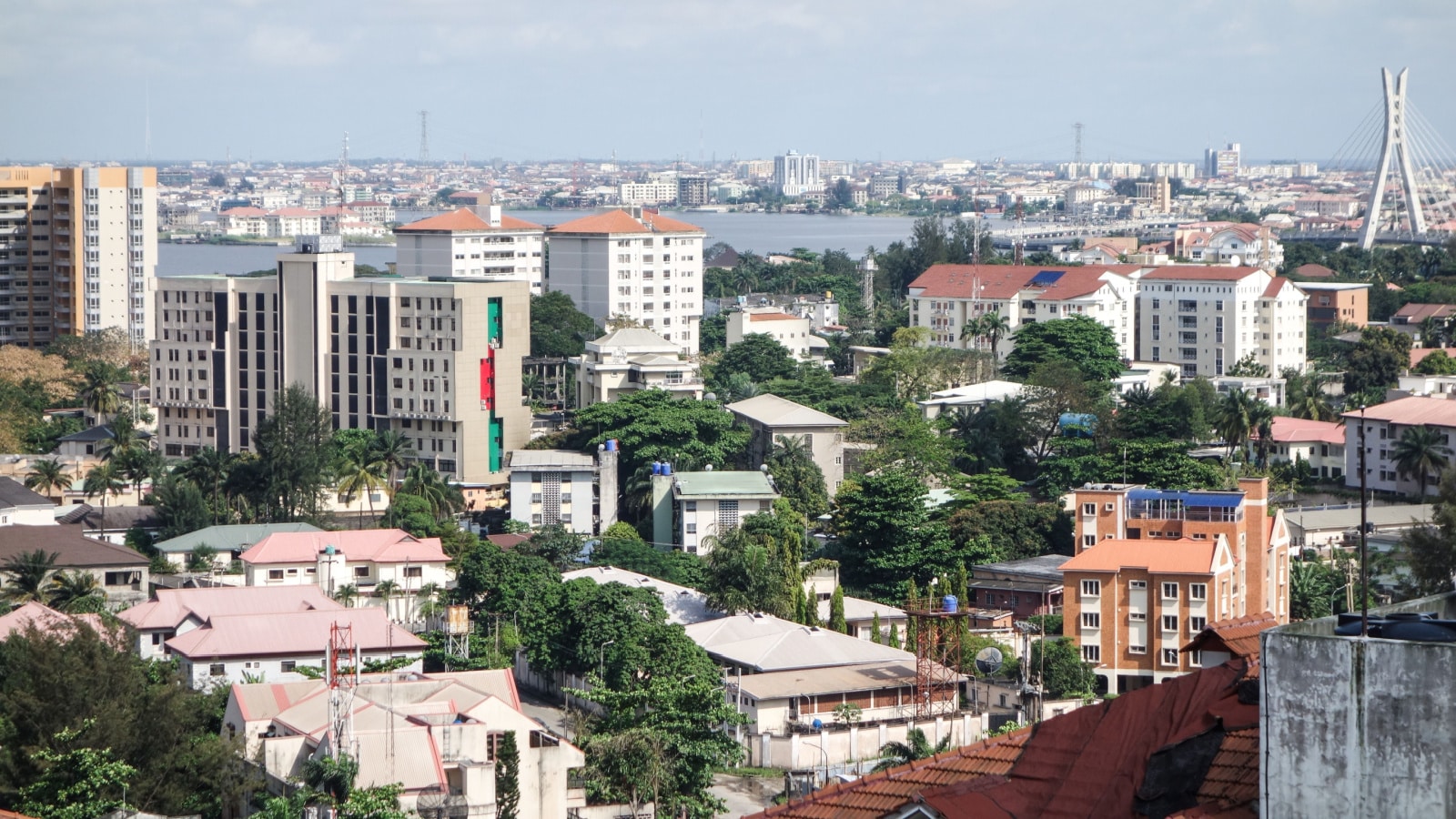
From the smoggy streets of Lagos, Nigeria, to the lonely structures of Buffalo, New York, here are some of the places that many consider the least aesthetically beautiful in the globe.
Read more: 12 of the Ugliest Cities in the World as Voted by Travelers
10 of the Most Beautiful, Bucket-List Worthy Places in the World
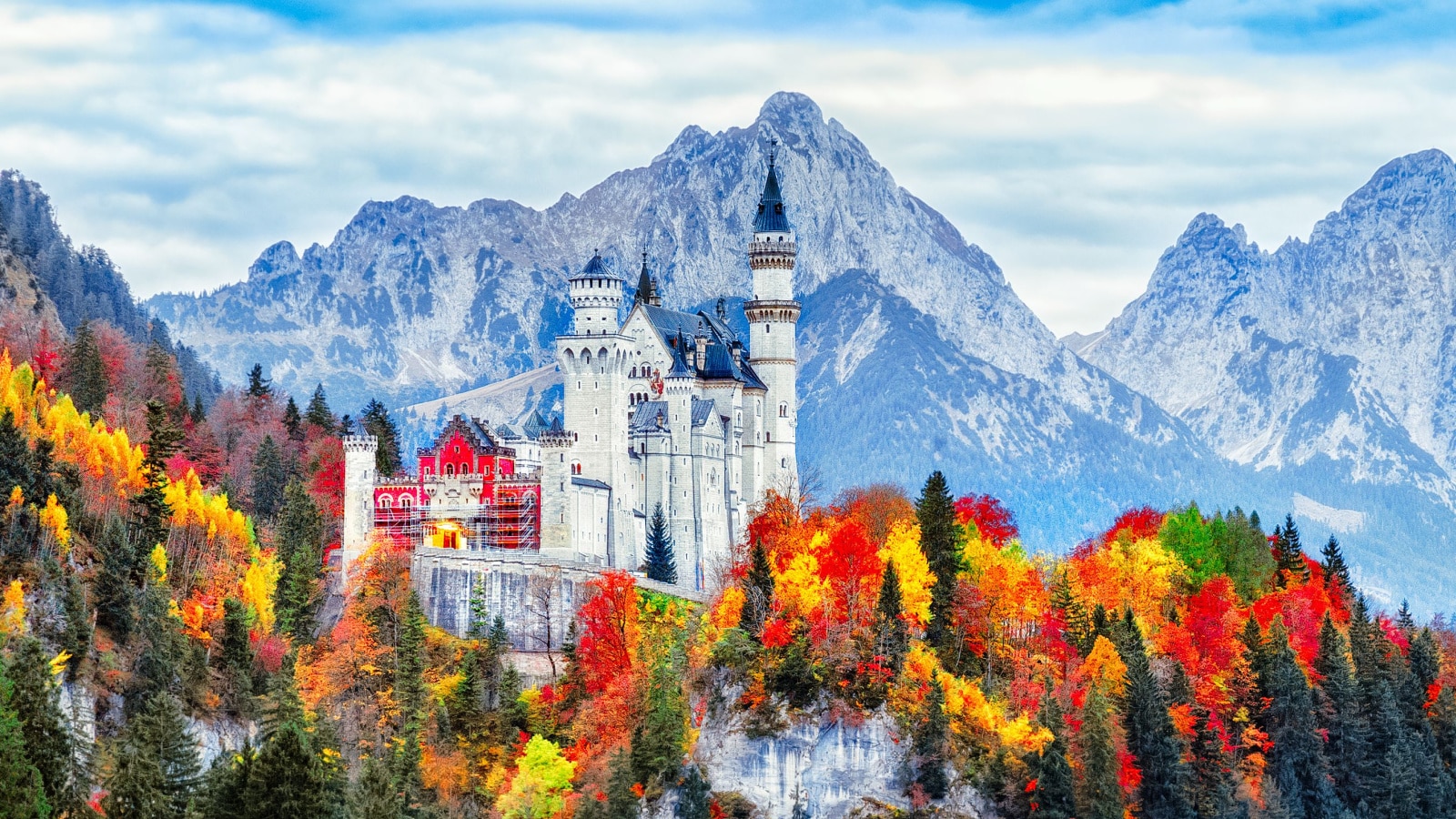
Recently on an online platform, people have shared some of the most beautiful, interesting, and all-around best places they have ever visited. From the bustling cities of Bangkok and Miami to the stunning natural beauty of Chiang Mai and Seville’s historic charm, these destinations will surely capture your imagination and inspire your next adventure.
Read more: 10 of the Most Beautiful, Bucket-List Worthy Places in the World

